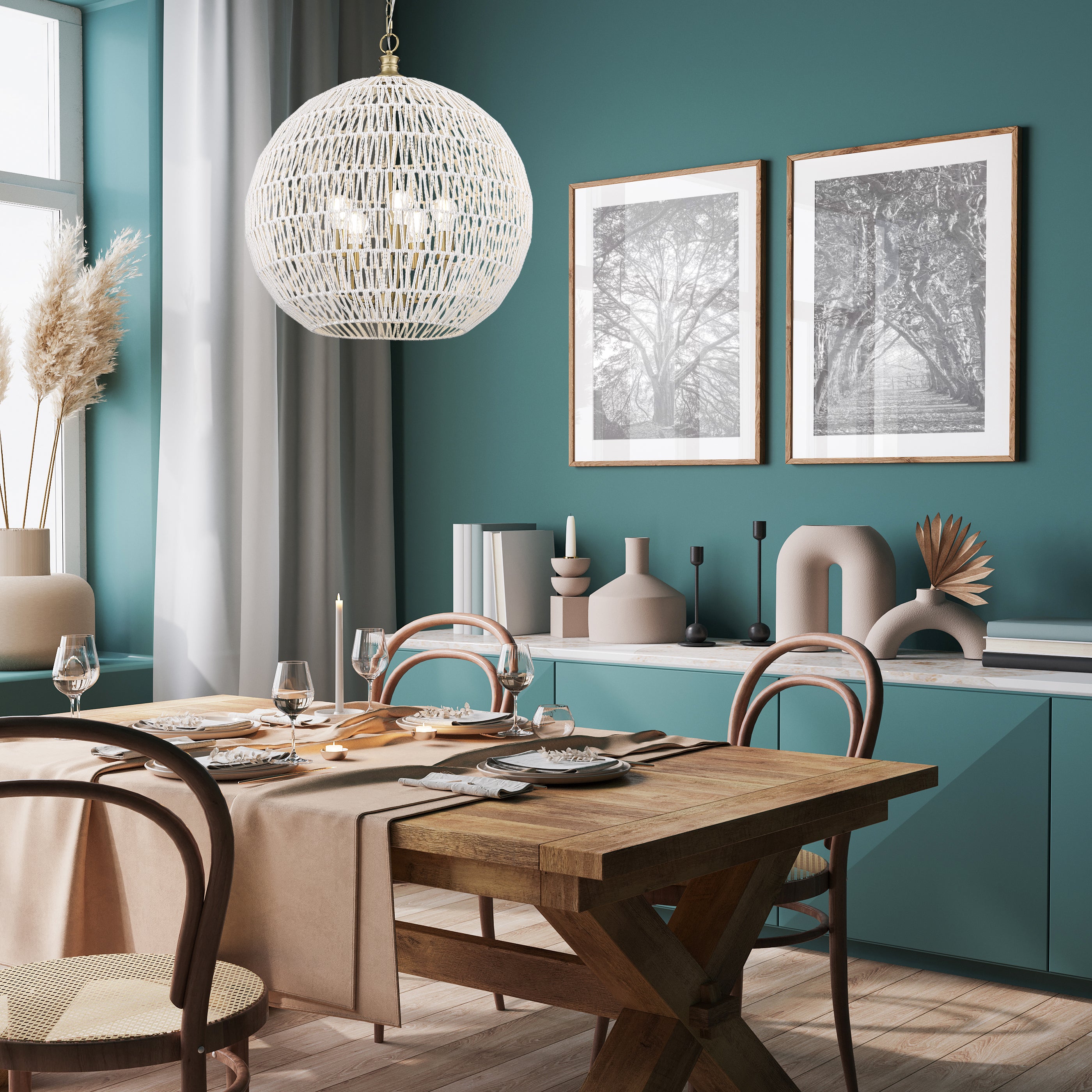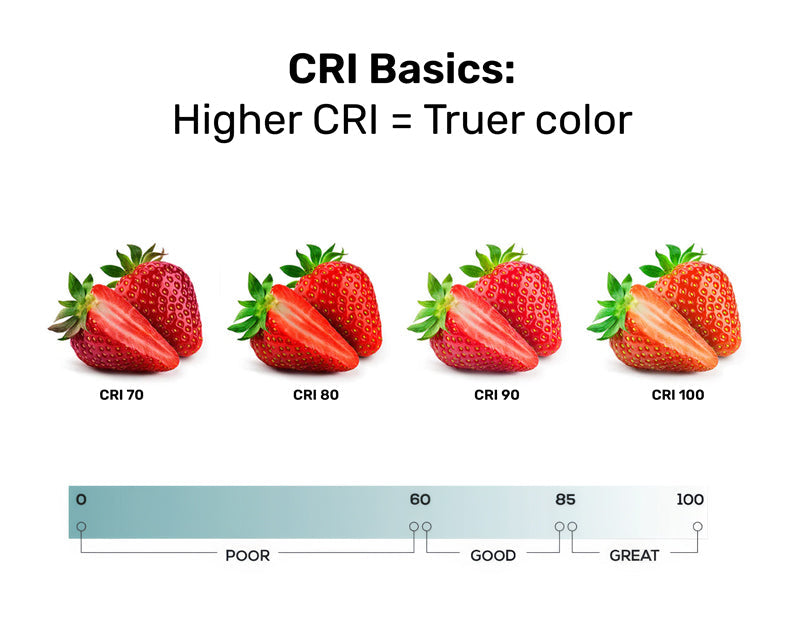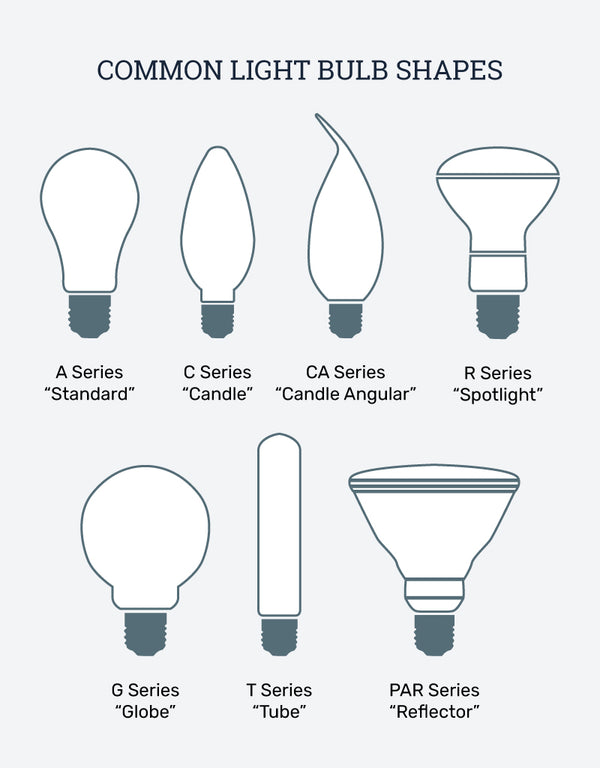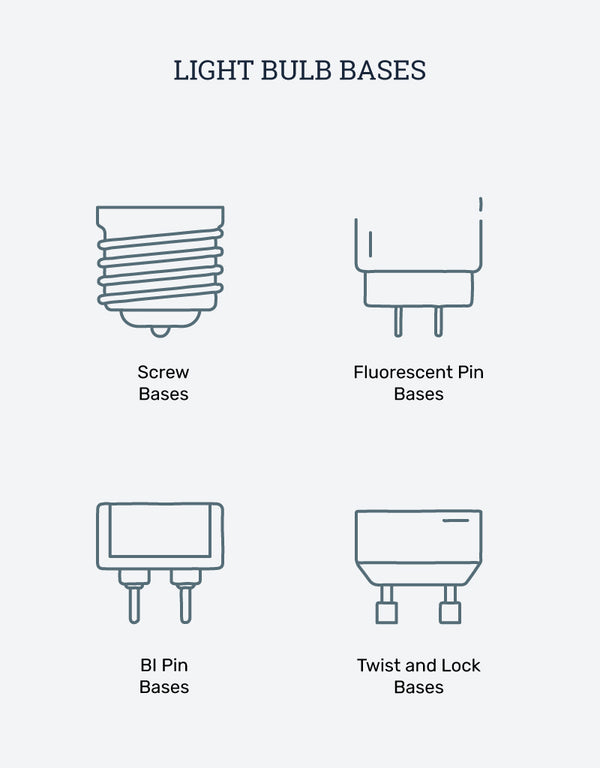Low energy, long life, many shapes & color temps.
Guides & Support
Quick answers now, deep guidance when you want it—installation, dimmers, bulbs, finishes, reviews, and support.
QUICK REFERENCE
Installation & Dimming
Golden Lighting is designed to layer light beautifully—and install easily. Start with the basics, then fine-tune dimming for the perfect glow.
Cut power at the breaker
Turn off power at the breaker before any wiring. Don’t trust the wall switch; verify with a voltage tester.
Confirm a rated junction box
Standard boxes support up to ~50 lb; use a box rated for heavier fixtures.
Dry-fit & set height
Adjust chain/rods before wiring so the final hang is perfect.
Mounting strap check
Many fixtures use a strap/crossbar—replace a damaged one and tighten hardware.
Wire it up
Black→black, white→white, ground→ground. Twist on wire connectors; tuck neatly into the box.
Add canopy & bulbs, then restore power
Slide the canopy to cover hardware; test at the switch.
Dimming
Cut power at the breaker
Always turn off power and verify with a voltage tester.
Use an LED-rated dimmer
Match the tech to your load: TRIAC/forward-phase, ELV/reverse-phase, or 0–10V.
Check the load rating
Keep total fixture/bulb watts below the dimmer’s capacity; derate in multi-gang boxes.
Identify your wires
Label Line (hot), Load, Neutral, Ground (and travelers for 3-way).
Single-pole vs 3-way
Follow the diagram for your circuit; wire exactly as shown.
Set trim & test
Start at 100%, then lower slowly. Adjust the low-end trim to prevent flicker.

Hanging Height
Here are some quick design guidelines to follow for selecting the right fixture for your spaces.
Dining table
- Start at 30–36 in above the tabletop.
- 36 in for larger fixtures or higher ceilings; lower for intimate dining.
- Pro Tip: add ~3 in for every foot of ceiling height above 8 ft.
Adjust for fixture scale and sightlines across the table.
Kitchen island
- Aim for 30–36 in from counter to the bottom of the pendant.
- With multiples, space widest points about ~30 in apart and keep ~6 in from each island end.
Balance task light with clear views across the workspace.
Foyer / circulation areas
- Maintain ~7 ft (84 in) floor clearance under the fixture.
- Near doors, hang the piece ~6 in above the door height line.
Keep pathways clear; scale up in double-height spaces.
Room-size to chandelier size
- Quick sizing rule: room length + width (ft) = chandelier diameter (in).
- Over a dining table, target ½–⅔ the table width for diameter, then apply hanging-height rules above.
These are shopper-friendly industry rules of thumb—tune for style and proportion.
Diameter by Room Dimensions
Rule: L + W (ft) → inchesAdd the room’s length + width (in feet) and change that number to inches. That’s the **recommended diameter**.
| Room (L × W) | Sum (ft) | Diameter (in) |
|---|---|---|
| 10 × 10 ft | 10 + 10 = 20 | 20" |
| 12 × 15 ft | 12 + 15 = 27 | 27" |
| 14 × 18 ft | 14 + 18 = 32 | 32" |
Over a dining table, size to about ½–⅔ the table width for comfortable sightlines.
Fixture Height by Ceiling Height
Rule: 2.5–3" per footMultiply ceiling height (ft) by 2.5–3" to get the **overall fixture height** (inches).
| Ceiling Height | Formula | Fixture Height (in) |
|---|---|---|
| 8 ft | 8 × 2.5–3 | 20–24" |
| 9 ft | 9 × 2.5–3 | 23–27" |
| 10 ft | 10 × 2.5–3 | 25–30" |
| 12 ft | 12 × 2.5–3 | 30–36" |
Room 10 × 10 ft → 10 + 10 = 20 → 20" diameter. 8 ft ceiling → 8 × 2.5–3 → 20–24" fixture height.
Notes: These are shopper-friendly rules of thumb used by leading lighting retailers and design guides. Adjust for fixture style, scale, and sightlines.
Scale Calculator
Want a quick calculation to find your perfect fixture, try ours!
Fixture Scale — Calculator
Diameter rule: length + width (ft) → convert to inches. Height rule: 2.5–3" per foot of ceiling.
Bulb & Lumen Guide
Find the right glow fast—how bright (lumens), what feel (Kelvin), and which bulb/base to buy.
Start with dimmable LED, CRI 90+, 2700–3000K for most rooms.
Color Temperature (Kelvin)

Color Rendering (CRI)
Dimming (for most homes)
Choose an LED-rated dimmer and set the low-end trim to prevent flicker.
TRIAC / Forward-phase
Best for: most dimmable LED bulbs
Why: budget-friendly and widely compatible.
ELV / Reverse-phase
Best for: smoother, quieter dimming
Why: better low-end performance for premium LEDs.
Keep bulbs consistent
Tip: use the same brand/model in a fixture for matching color & brightness.
Plus: start at 100% and dim down to check smoothness.




